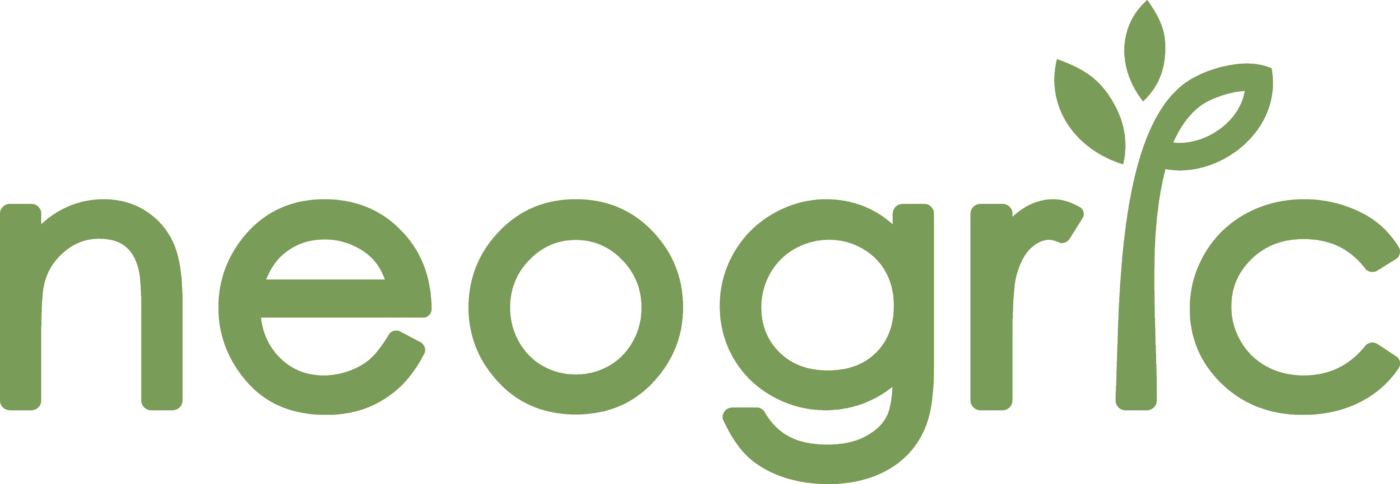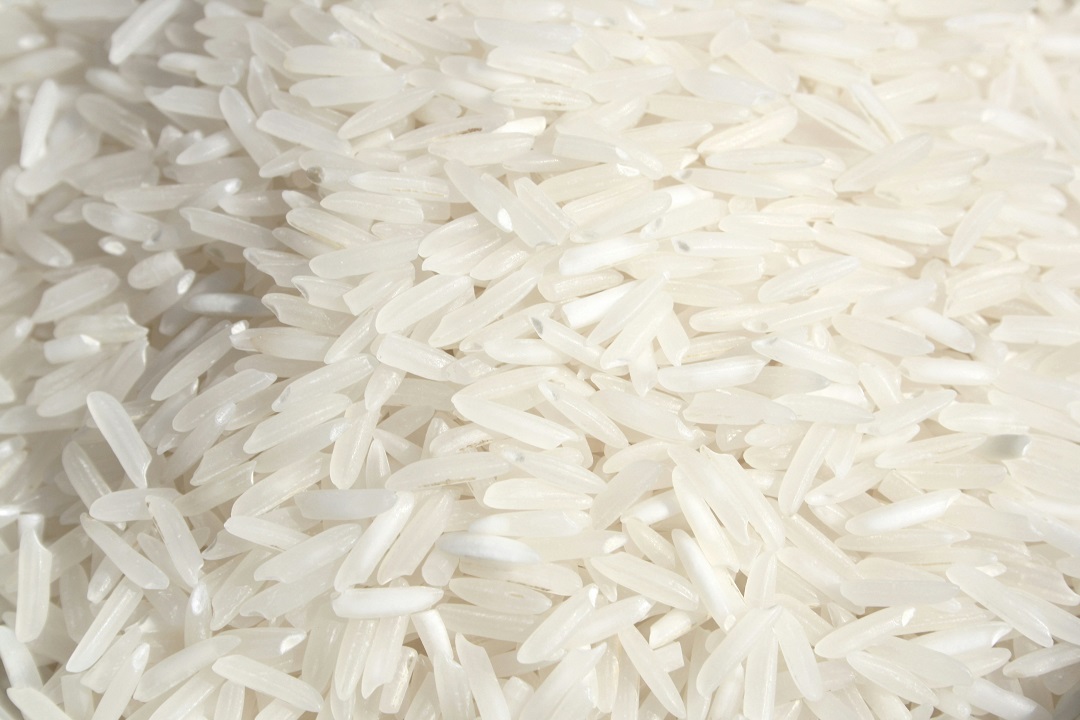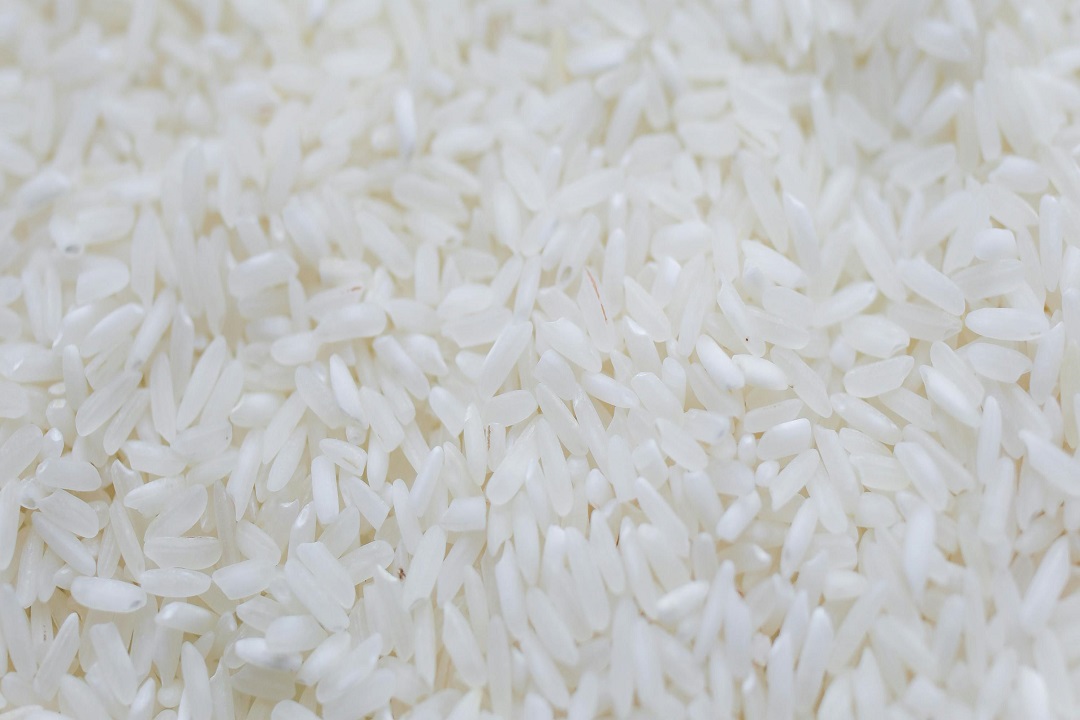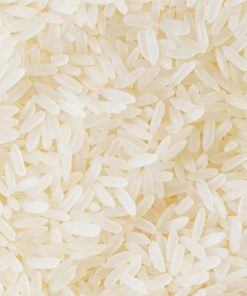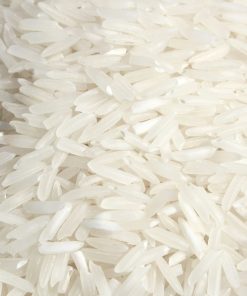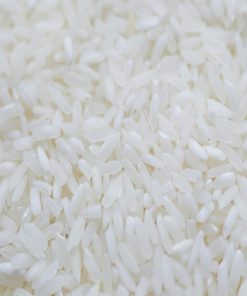What is Rice? Why Buy It?
Rice (Oryza sativa) is one of the most widely cultivated and consumed staple crops in the world, serving as a primary food source for more than half of the global population. As a versatile grain, Rice is grown in a variety of climates, from tropical to temperate regions, making it a key agricultural commodity.
Rice is highly valued for its nutritional content, providing essential carbohydrates, fiber, and small amounts of protein. It is also a significant source of vitamins and minerals, including B vitamins (such as thiamine and niacin), iron, and magnesium. Different Rice varieties—such as white Rice, brown Rice, basmati, jasmine, and wild Rice—offer varying nutritional profiles and culinary uses, catering to diverse consumer preferences.
Beyond its nutritional benefits, Rice is economically significant as a major export commodity, contributing to food security and employment worldwide. The increasing demand for Rice, particularly in Asia, Africa, and Latin America, continues to drive its global trade. Additionally, Rice by-products, such as Rice bran oil and Rice husks, add further value to the crop through their applications in food, animal feed, and industrial sectors.
Applications/Uses of Rice
Rice is utilized across multiple industries due to its versatility and nutritional properties. Below are its primary applications:
Food Industry
Staple Food:
Rice serves as a dietary staple in many countries, consumed in various forms such as boiled, steamed, or fried Rice.
Flour and Noodles:
Rice flour is widely used in gluten-free baking, while Rice noodles are a popular ingredient in Asian cuisine.
Snacks and Cereals:
Puffed Rice, Rice cakes, and Rice-based breakfast cereals are commonly produced as convenient snack foods.
Rice Bran Oil:
Extracted from Rice bran, this oil is used for cooking due to its health benefits and high smoke point.
Beverages:
Fermented Rice is used to produce traditional drinks such as sake (Japan), Rice wine, and Rice-based dairy alternatives.
Animal Feed Industry
Rice Bran and Husk:
These by-products are used in livestock and poultry feed as a source of fiber and essential nutrients.
Broken Rice:
Low-grade Rice is often utilized as animal feed or in pet food formulations.
Pharmaceutical and Cosmetic Industry
Skin Care Products:
Rice extract, Rice water, and Rice bran oil are used in skincare products for their antioxidant and moisturizing properties.
Medicinal Applications:
Fermented Rice extracts and Rice-based probiotics contribute to gut health and digestive wellness.
Industrial Applications
Biofuel Production:
Rice husks are processed to produce bioethanol and other renewable energy sources.
Paper and Packaging:
Rice straw and husks are used to manufacture biodegradable paper and packaging materials.
Construction Industry:
Rice husk ash is a valuable material in cement and brick production, enhancing sustainability in the building sector.
Top Producing/Exporting Countries of Rice
The global Rice industry is dominated by a few key producers, primarily located in Asia, where Rice cultivation has been a traditional agricultural practice for centuries. The top Rice-producing and exporting countries include:
China:
The world’s largest Rice producer, China cultivates millions of tons annually, primarily for domestic consumption, but also exports surplus Rice to global markets.
India:
India is the second-largest producer and the top exporter of Rice, particularly basmati and non-basmati varieties, catering to markets in the Middle East, Africa, and Europe.
Indonesia:
With vast Rice paddies, Indonesia produces large quantities of Rice, though most of it is consumed domestically.
Bangladesh:
A leading Rice producer, Bangladesh focuses on meeting domestic demand but occasionally exports surplus Rice.
Vietnam:
Vietnam is one of the largest Rice exporters, supplying premium-quality Rice to Africa, the Philippines, and China.
Thailand:
Known for high-quality jasmine Rice, Thailand is a major exporter, particularly to the U.S., Japan, and the Middle East.
Pakistan:
Specializing in basmati Rice, Pakistan exports significant amounts to Gulf countries, Europe, and North America.
Myanmar:
An emerging Rice exporter, Myanmar supplies Rice to neighboring countries, including China and Bangladesh.
United States:
The U.S. produces mainly long-grain Rice, with exports directed towards Latin America, the Middle East, and Europe.
Brazil:
The largest Rice producer in South America, Brazil exports Rice to neighboring countries and global markets.
Top Importing Countries of Rice
Many countries rely on Rice imports to meet their domestic consumption needs, either due to insufficient production or high demand for specific Rice varieties. The top Rice-importing nations include:
China:
Although a major producer, China imports specialty Rice varieties and additional Rice stocks to meet domestic demand.
Nigeria:
Africa’s largest Rice importer, Nigeria depends on imports to supplement local production and cater to its growing population.
Philippines:
As one of the world’s largest Rice consumers, the Philippines imports Rice primarily from Vietnam and Thailand.
Indonesia:
Despite being a major producer, Indonesia imports Rice during shortages to stabilize domestic supply and prices.
Saudi Arabia:
The country imports basmati and long-grain Rice, primarily from India and Pakistan.
European Union (EU):
Countries such as Spain, the UK, and Italy import Rice for consumption and food processing industries.
Iran:
Iran imports significant amounts of basmati Rice from India to meet its culinary demands.
United States:
The U.S. imports specialty Rice varieties such as jasmine and basmati from Thailand and India.
Senegal:
A major consumer of Rice in West Africa, Senegal depends on imports from Asia to meet domestic demand.
South Korea:
South Korea imports premium-quality Rice for specialty food products and traditional dishes.
International Price of Rice Per KG
The unit price ($ per kg) of Rice in the international market depends on a host of different factors including:
- The grade of the produce (usually the more the processing, the higher the price)
- The price of the raw material
- Age of the seeds (this can affect the price)
- Production levels in producing countries
- Economic conditions and the exchange rates between the currencies of the producing and importing countries.
- The quantity ordered (the greater the quantity, the cheaper you can get it per ton)
- Harvest season (it is more costly when it is out of harvest season).
- Weather conditions (some commodities are sensitive to weather conditions).
- Freight & haulage cost
- Percentage of markup
- Import duties, trade tariffs and trade agreements between countries
- Distance from the country of origin
- Technology/Infrastructure available in country of origin
- Relationship between the buyer and seller
That said, as at March 2025, Rice costs between $0.5 and $2.5 Per KG in the international market.
How To Safely Source for Your Rice Produce
If you find the right export company, buying directly from them can make the purchase process easy and stress-free, when compared with doing the sourcing on your own. That said, there are few things to note when dealing with an export company in Nigeria or Africa. The specific requirements for Nigeria are listed below, but they mostly apply to other African countries:
- The exporting company must be registered with the Corporate Affairs Commission (CAC) to make sure the company is registered and permitted to carry out business
- The export company must also be registered with the Nigerian Export Promotion Council (NEPC).
- The company must possess a domiciliary account to accept international
The company should get all necessary export-related documentation done before the shipment leaves the port of origin. Some of the documents are:
- Certificate of origin
- Bill of lading
- Inspection Certificate (SGS, Cotecna, Bureau Veritas, Intertek, etc)
- Phytosanitary certificate
- Fumigation certificate
Where To Find Reliable Exporters
An important question that still needs to be answered is how to find Rice exporters in Nigeria. You can use any of the methods listed below:
- Attend trade fairs
- Use search engines like Google, Yahoo,
- Search for agents on Linkedln
- Sign up on trade platforms (e.g. Alibaba, Tradeford, Go4WorldBusiness)
- Neogric – Neogric is one of the reliable Rice exporters in Neogric is rated among the best in the exporting business in Nigeria. The company is not limited to the exportation of Rice alone but can export other agricultural produce ranging from perishables to dry seeds.
How To Pay For Your Rice Produce
You can pay for Rice using different methods, but three of the popular ways of paying for your agric produce are:
- Bank (T/T) Payment
- Advance Payment
- Letter of Credit (LC)
Bank Payment (T/T)
Bank payment is also known as T/T, “Telegraphic Transfer” or “Telex Transfer” In other words, it is an international wire of funds from the buyer’s bank to the seller’s bank.
A T/T is technically not the same as a wire transfer, which is often done through the SWIFT network. However, when a seller or supplier asks for a T/T payment, a wire transfer is what they are really asking for.
The wire transfer based on the SWIFT system is the most common payment method in international trade. Typically, it takes 1-5 working days to clear, and generally costs between 25 and 50 USD, depending on your agreement with the commercial department in your bank.
Advance Payment
There are sellers that will demand anywhere from 30% to 50% advance payment, and for good reason. If both parties have done deals in the past, sellers can ask for a percentage of the sales (about 30%) before they ship the produce and they can request for the remaining amount after a scanned copy of the Bill of Lading has been sent to the buyer.
It is the safest option for exporters and it also guarantees that they will have some funds to help with sourcing. It is popular among manufacturers on B2B marketplaces like Alibaba and also with commodity traders.
However, advance payment carries considerable risk for the importer (buyer) because the exporter (seller) might not be under as much pressure to ensure quality checks compared with a stricter form of payment. Some might even disappear entirely.
Having said that, advance payment is very useful and is widely used. For instance, the seller might need to secure the commodity in the face of increased competition. It can also be used when the exporter needs some money for sourcing the produce or for processing raw materials.
The most important thing is for both importer and exporter to build mutual trust by having a track record of successful deals with each other or other known companies.
Letter of Credit
Letter of Credit is an agreement generated by the bank of the buyer, guaranteeing payment once certain conditions are met. It is one of the safest types of payment available to both buyer and seller.
Some of the types of Letter of credit are:
- Commercial Letter of Credit,
- Sight Letter of Credit
- Transferrable or Non-Transferable Letter of Credit
- Standby Letter of Credit (SBLC)
- Usance or Deferred Payment Letter of Credit
- Revocable or Irrevocable Letter of Credit
- Confirmed or Unconfirmed Letter of Credit
- Revolving Letter of Credit
- Green Clause Letter of Credit
- Red Clause Letter of Credit
L/Cs are not totally safe (for either buyer or seller) too. For instance, sellers can ship substandard products or those that are different from the ones agreed upon. In this case, the seller gets paid and the buyer receives goods he cannot use.
And speaking of the dangers of L/Cs for the exporter, the conditions in the Letter of credit might be practically impossible to fulfil; if an exporter agrees to such, he might be unable to receive payment. A report stated that of the letters of credit received in the UK, 50% are unworkable while 70% are rejected by the banks for payment.
Shipping & Delivery Terms
When shipping your products, it is important to take note of a few factors:
Order Quantity
For smaller shipments, airfreight is often the preferred option but as the order volume increases, sea freight could become significantly cheaper. Usually when the order is close to a full container load (20 ft), sea freight is used. Although the Covid-19 pandemic caused an increase in cost of delivery of products, prices have stabilised.
Cost of Delivery
When the order is of a large volume, sea freight often turns out cheaper than air freight. In fact, air freight could be up to 6 times more costly than sea freight if the volume is large enough.
Time of Delivery
Sometimes, time will be more important to the buyer than the cost of delivering the product. In this case, air freight will be the logical option (as stated above, the cost will be more). But if you have more time as a buyer, you should strongly consider using sea freight.
Incoterms
Incoterms refer to generally accepted shipping and payments terms. For example, buyers that have representatives in the source country or that can negotiate with the freight company can use the Free of Board (FOB) terms, since it gives them more control and can save them some money.
However, if the shipment is small or the buyer doesn’t have an extensive network to effectively handle payment for freight, insurance and port charges, he will be better off choosing the Cost-Insurance-Freight (CIF) payment option.
Neogric: Top Exporters and Suppliers of Rice
We invite you to place your order for high-quality Rice with us at Neogric. We are a trusted global commodity sourcing and trade solution provider with deep expertise in the Rice industry. Whether you’re a small business or a large corporation, our wide range of products and technology powered, end-to-end supply chain make the export of quality Rice easy, quick and safe. Whichever region of the world you are, be it Europe, Asia, USA, Canada, Other North/Central American countries, Africa, South America or Oceania, you can reliably order your agricultural produce and we will ensure it is successfully delivered to you, on time.
Why Buy Rice From Neogric?
Choosing Neogric as your Rice supplier offers several advantages:
- Quality Assurance: We maintain strict quality control standards, ensuring our Rice and other products are of the highest quality.
- Wide Product Range: We offer a diverse selection of products, catering to various
- Reliable Supply Chain: Our efficient technology-powered end-to-end supply chain ensures timely delivery of your orders.
- Expertise and Support: Our team of experts provides valuable insights and support, making your purchasing process smooth and hassle-free.
Our Rice Trade Specifications
- Origin: Nigeria
- Product Name: Rice
- Physical Specification: Based On Buyer’s Specification
- Quantity: Based On Buyer’s Specification
- MOQ: 10 Metric Tonnes
- Trade Process: Ex Works/FOB/CIF
- Admixture/Impurities: Based On Buyer’s Specification
- Inspection: SGS/Cotecna/Intertek/Bureau Veritas
- Packaging: Based On Buyer’s Specification
- Payment Method: TT (Bank Transfer) or L/C
- Shipping Time: 15 to 25 Days After Confirmation of TT or L/C
- Loading Port: Lagos (Nigeria), Abidjan (Cote D’ivoire) or Tema (Ghana)
Expected Shipping Documents
- Bill of Lading
- Certificate of Origin
- SGS Inspection Certificate
- Phytosanitary Certificate
- Fumigation Certificate
- Commercial Invoice
- Packing List
Place Your Rice Order With Neogric
Contact us today to place your order for high-quality Rice. Our team is ready to assist you with all your procurement needs.
- Tel: +2348147860157
- Email: neo@neogric.com
- WhatsApp: Chat With Us
